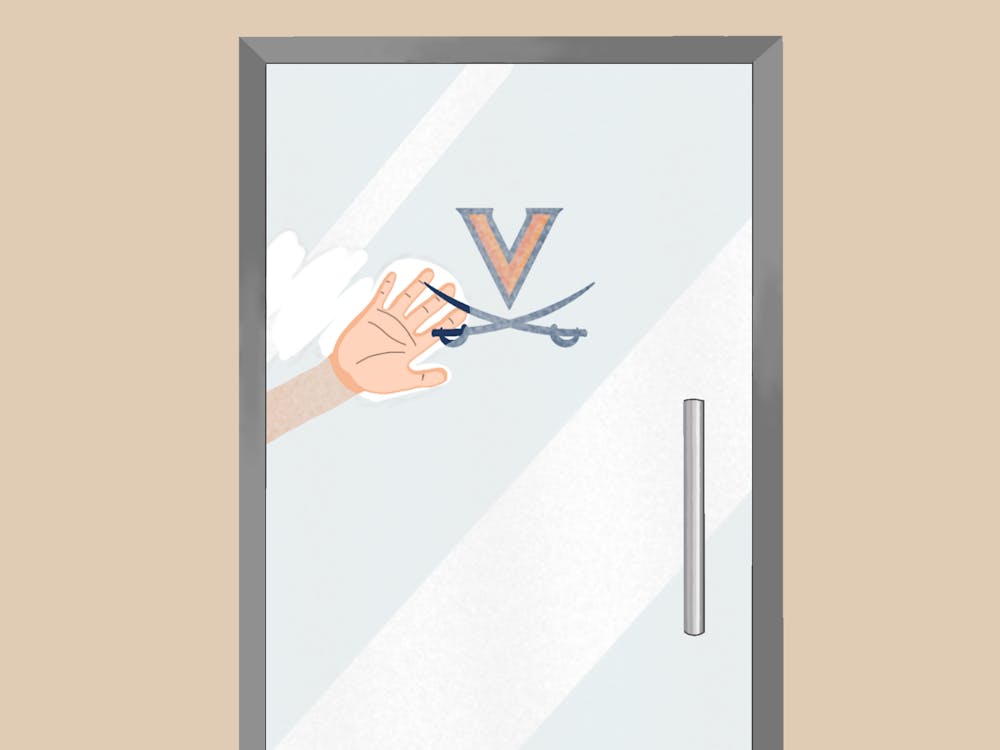Too often do professors ask questions in class to only be answered with a prolonged silence. Class participation can lead to greater engagement with topics being discussed and facilitate learning, yet up to 66 percent of students are considered disengaged. This is partially a problem of going to the University, with over 20,000 students. But even with that mind, some large classes manage to keep students participating and engaged — size is no excuse. Although lack of engagement is a problem perpetuated by students and professors, professors have the greater power to fix the problem. Professors need to provide a greater variety of discussion options to get students to engage with the materials.
Many professors try to create discussions about their material but go about it the wrong way. Posting on a forum, writing discussion questions or assigning group projects are popular methods that professors use to get students to engage with the materials. However, the results can be inconsistent. When asked about discussion questions Anthropology Professor China Scherz commented, “They work okay, sometimes you get good questions and sometimes you don’t.” Students should have a consistent source of engagement with their classes, not the coin-flip they have now.
What professors need to do is establish comfort with discussion and give students a convenient forum for discussion out of class. But, this starts in class. Professors need to let students talk about the material with each other in small groups, without the professor listening. “Students are much more comfortable talking in small groups,” according to Politics Professor John Echeverri-Gent. However, some are not comfortable sharing their views in class, no matter how small the setting. Technology provides a possible solution for these students’ problem. A promising service for encouraging discussion are Internet Relay Chats. IRC lets anyone set up a chat room where people can anonymously converse. It would not be difficult for professors to set up one of these chat rooms for one of their classes and then send instructions on how people can join. An IRC would allow shyer students to discuss and engage with the subject in an informal setting, actively collaborating instead of passively submitting forum posts. There are many ways an anonymous chat could be abused but there will always be a trade-off and for it’s merits it is an idea worth trying.
Professors can also do a better job incentivizing discussion. Participation points as part of a grade are a great start, at least in smaller classes, but leaving students to figure out how to participate can be discouraging. Students feel forced to talk in class even if they have nothing useful to say. Professors could make clear that coming to office hours with questions or going to external events that relate to the class could count as participation. Professors could give out extra points for people who answer questions in the forum, incentivizing but not requiring students to participate. There are a great deal of ways that professors can create an environment in class where participation is simple and helpful.
As much as alternative discussion options should be provided, talking to a group of people is an important skill that professors should keep encouraging. Simply calling on someone new to answer a question gives people valuable chances to improve their public speaking skills. In this area students have a greater responsibility to speak up and effectively use the opportunities given.
Students do not hold zero responsibility in creating discussion, but sometimes the barriers for discussing a class can be high. Before many students can effectively discuss a class, be it in that class or out, the professor must establish effective institutions that encourage all types of discussion. However, there is such a thing as too much discussion. “It’s a balance,” Echeverri-Gent explained. Scherz shared the same view, saying, “I like to steer students through [discussions], rather than just let them talk.” It’s difficult for professors to find the right balance between the two, yet they should still strive to have as an engaged environment as possible.
In this last year many professors have taken the time to pause class and discuss the waves of controversy that have hit the University. A website was even set up so University students could let the faculty know what they want from them. Many professors showed a desire to start a discussion with students and engage them on the issues. Yet, when it comes to the class materials professors tend to be more focused on disseminating the information than facilitating student engagement with the material. Professors need to treat discussion as an integral part of their class and put in place institutions that will encourage it.
Bobby Doyle is an Opinion columnist for The Cavalier Daily. He can be reached at b.doyle@cavalierdaily.com.






